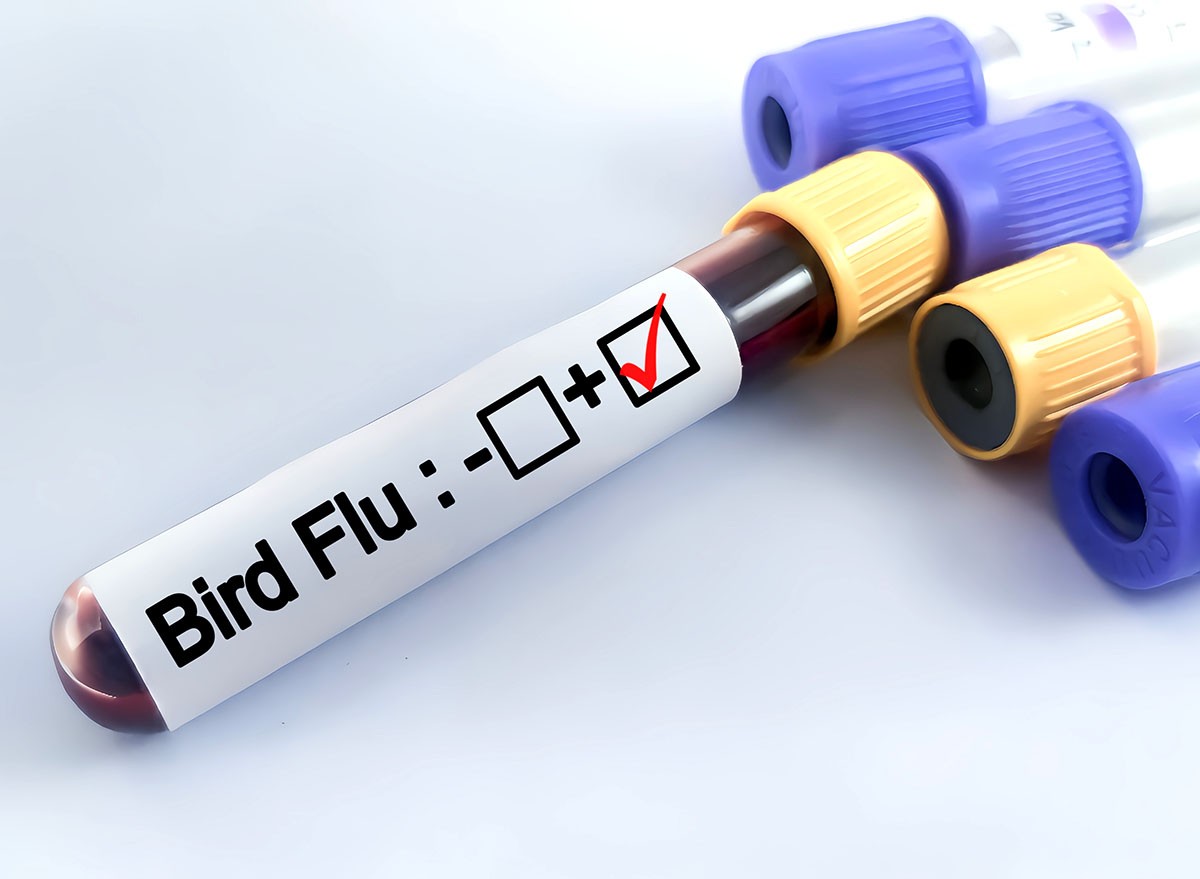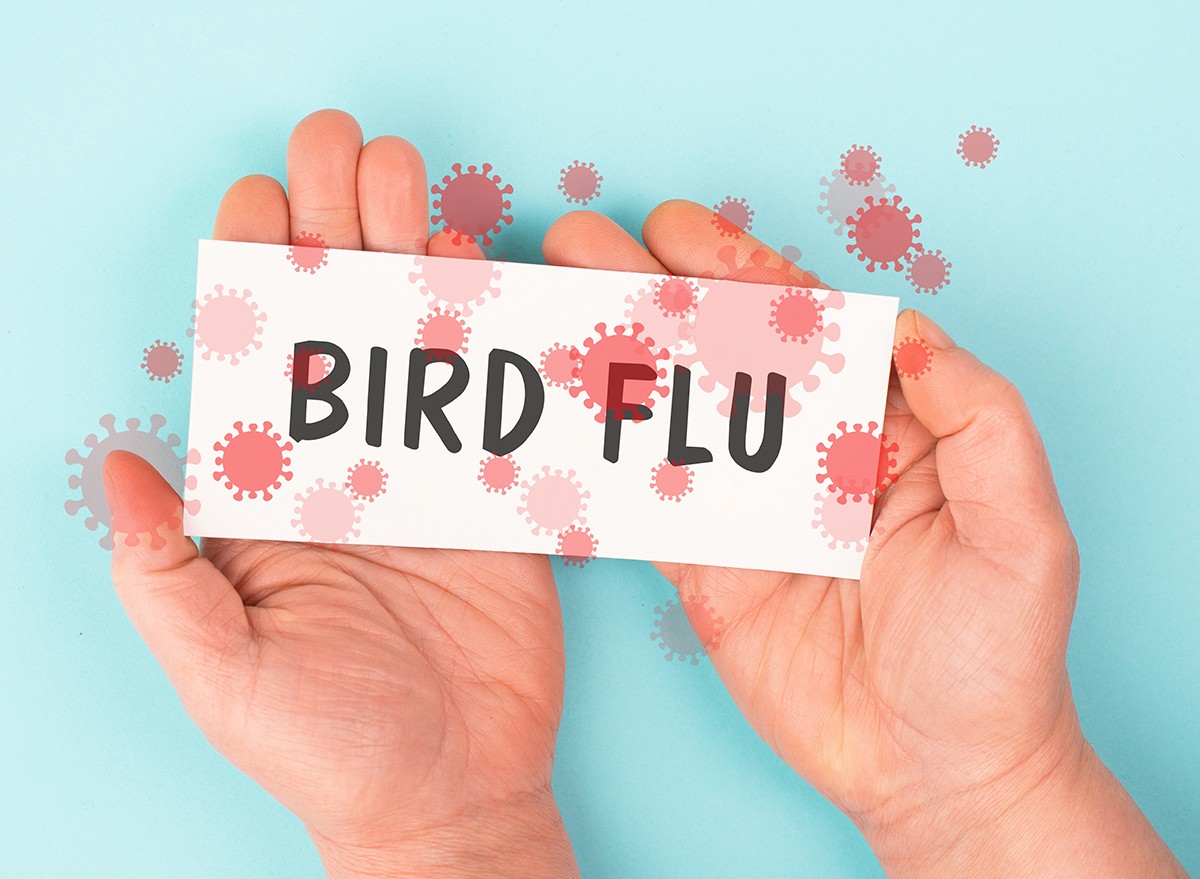CDC Warns of Mutated Bird Flu Strains Raising Risks for Human Outbreak

The Centers for Disease Control and Prevention is warning H5N1 bird flu could potentially be more transmissible between humans than initially thought, after samples collected from a patient showed signs of concerning mutations. The 65-year-old patient in Louisiana had underlying health conditions and was likely infected from contact with birds, but according to the CDC update of December 26, the samples taken from the patient did not match those of the virus currently spreading amongst wildlife.
“The changes observed were likely generated by replication of this virus in the patient with advanced disease rather than primarily transmitted at the time of infection,” the agency says. “Although concerning, and a reminder that A(H5N1) viruses can develop changes during the clinical course of a human infection, these changes would be more concerning if found in animal hosts or in early stages of infection… when these changes might be more likely to facilitate spread to close contacts. Notably, in this case, no transmission from the patient in Louisiana to other persons has been identified.” Here’s what experts are saying about the mutations.
RELATED: Bird Flu Could Start Spreading Between Humans.
Cautious and Concerned

Experts are saying there is no need for panic, but to stay alert either way. “There’s no evidence that there’s been spread from this person to others, and that’s a good thing,” Dr. William Schaffner, an infectious diseases expert at Vanderbilt University Medical Center, tells NBC News. “It clearly means that we have to keep our attention on this, and if anything, ratchet it up even more.”
Can It Spread?

According to Dr. Paul Offit, a vaccine and infectious disease expert at Children’s Hospital of Philadelphia, there is no reason to think the virus is “functional,” meaning it would spread to others. “I think if there were clear and definitive evidence that the virus has mutated to the point that it can bind to the binding receptors in the upper respiratory tract, meaning the lining of the nose, the lining of the throat, the lining of the windpipe and therefore reproduce itself in the upper respiratory tract, that would be worrisome,” Offit tells NBC News. “But that’s not what the report said.”
More Testing

Not everyone is on the same page when it comes to concern about what might happen next. “We kind of have our head in the sand about how widespread this is from the zoonotic standpoint, from the animal-to-human standpoint,” Dr. Deborah Birx, the White House Coronavirus Response Coordinator under President Donald Trump, told CNN Newsroom. Birx is calling for more widespread testing of farm workers to prevent the spread of the virus.
Vaccine Development

The new findings could be used in vaccine development, experts say. “These data indicate the viruses detected in respiratory specimens from this patient are closely related to existing HPAI A(H5N1) CVVs [candidate vaccine viruses] that are already available to manufacturers, and which could be used to make vaccines if needed,” Michael Osterholm, PhD, MPH, tells CIDRAP.
RELATED: Experts Detail Bird Flu’s “Worst-Case Scenario”.
Unpredictable Mutations

Virologist Angela Rasmussen says the virus mutations are unpredictable. “We don’t know what combination of mutations would lead to a pandemic H5N1 virus and there’s only so much we can predict from these sequence data,” she told NBC News. “But the more humans are infected, the more chances a pandemic virus will emerge.”
CDC Risk Assessment

As alarming as the news might be, the CDC is still emphasizing that the risk to humans is low. “Overall, CDC considers the risk to the general public associated with the ongoing U.S.,” the agency says. “HPAI A(H5N1) outbreak has not changed and remains low. The detection of a severe human case with genetic changes in a clinical specimen underscores the importance of ongoing genomic surveillance in people and animals, containment of avian influenza A(H5) outbreaks in dairy cattle and poultry, and prevention measures among people with exposure to infected animals or environments.”